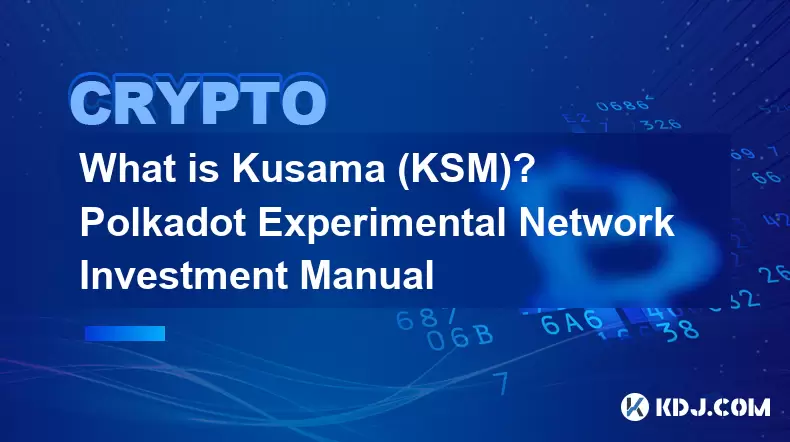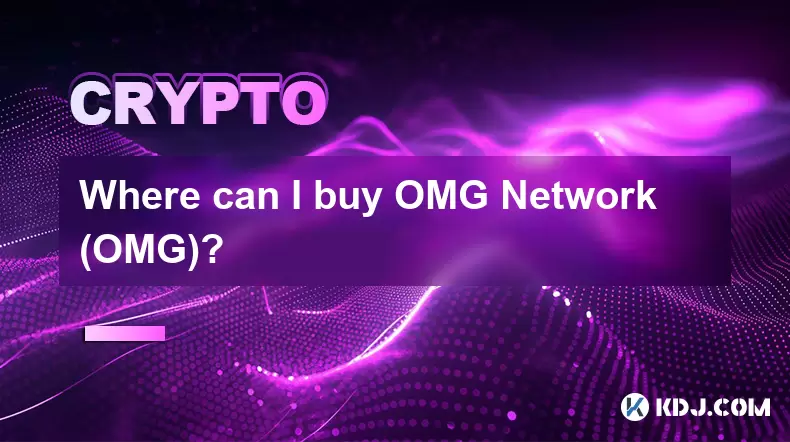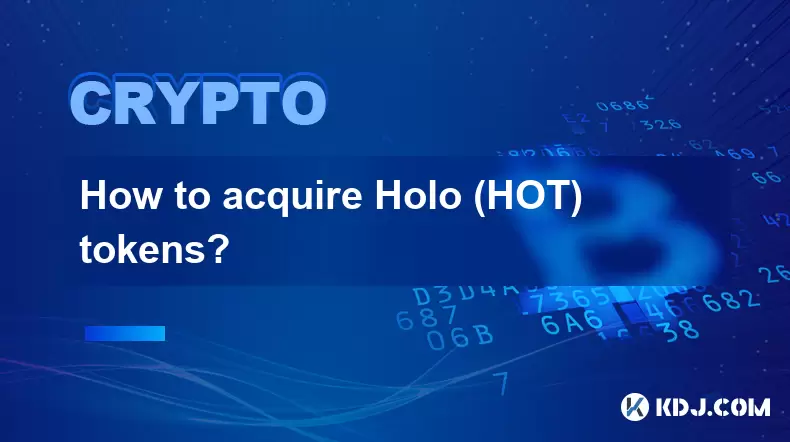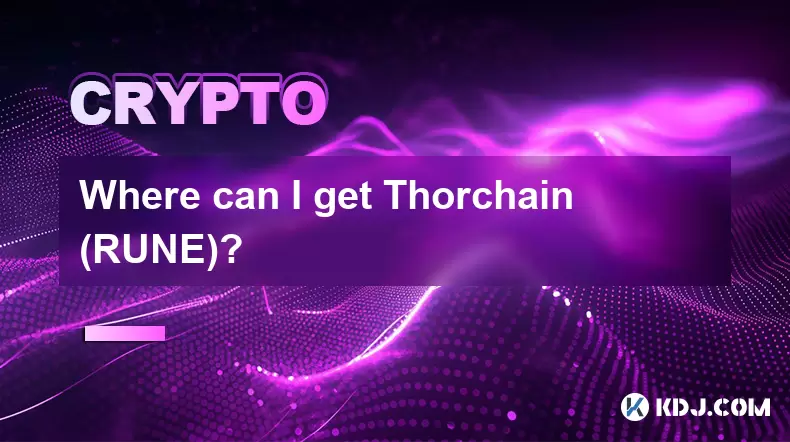-
 Bitcoin
Bitcoin $117500
2.15% -
 Ethereum
Ethereum $3911
6.19% -
 XRP
XRP $3.316
10.79% -
 Tether USDt
Tether USDt $1.000
0.01% -
 BNB
BNB $787.2
2.24% -
 Solana
Solana $175.2
4.15% -
 USDC
USDC $0.9999
0.00% -
 Dogecoin
Dogecoin $0.2225
8.40% -
 TRON
TRON $0.3383
0.28% -
 Cardano
Cardano $0.7868
6.02% -
 Stellar
Stellar $0.4382
9.34% -
 Hyperliquid
Hyperliquid $40.92
7.56% -
 Sui
Sui $3.764
7.63% -
 Chainlink
Chainlink $18.48
10.66% -
 Bitcoin Cash
Bitcoin Cash $582.1
1.88% -
 Hedera
Hedera $0.2601
6.30% -
 Avalanche
Avalanche $23.33
4.94% -
 Ethena USDe
Ethena USDe $1.001
0.02% -
 Litecoin
Litecoin $122.3
2.04% -
 UNUS SED LEO
UNUS SED LEO $8.969
-0.27% -
 Toncoin
Toncoin $3.339
0.86% -
 Shiba Inu
Shiba Inu $0.00001287
4.30% -
 Uniswap
Uniswap $10.43
7.38% -
 Polkadot
Polkadot $3.861
5.08% -
 Dai
Dai $1.000
0.02% -
 Bitget Token
Bitget Token $4.513
3.41% -
 Monero
Monero $267.7
-6.18% -
 Cronos
Cronos $0.1499
4.14% -
 Pepe
Pepe $0.00001110
5.15% -
 Aave
Aave $284.9
8.28%
What is Kusama (KSM)? Polkadot Experimental Network Investment Manual
Kusama (KSM) is a testing ground for Polkadot, allowing developers to experiment with new features before they're implemented on the main network.
May 30, 2025 at 05:22 am

Kusama (KSM) is a blockchain platform that serves as a testing ground for the Polkadot network. It is often referred to as the "canary network" for Polkadot, allowing developers to experiment with new features and upgrades in a real-world environment before implementing them on the main Polkadot network. Kusama operates with the same technology and architecture as Polkadot but with a faster development cycle and more experimental approach. This makes it an attractive option for developers looking to push the boundaries of blockchain technology and for investors interested in high-risk, high-reward opportunities.
Kusama's native token, KSM, plays a crucial role in the network's operations. It is used for governance, staking, and transaction fees. The governance system of Kusama is notably more decentralized and community-driven compared to many other blockchain projects. This allows token holders to have a significant say in the direction and development of the network. The fast-paced and experimental nature of Kusama means that it can be a volatile investment, but it also offers the potential for significant returns for those willing to take on the risk.
What is the Relationship Between Kusama and Polkadot?
Kusama and Polkadot share a close relationship, with Kusama serving as a testing ground for Polkadot's technology. The primary difference lies in their purposes and development cycles. Polkadot is designed as a scalable, interoperable blockchain platform intended for production use, while Kusama is more experimental and faster-paced. This relationship allows developers to test new features and upgrades on Kusama before rolling them out on Polkadot, reducing the risk of issues on the main network.
The architecture and technology behind both networks are nearly identical, which means that innovations tested on Kusama can be seamlessly integrated into Polkadot. This symbiotic relationship benefits both networks: Kusama gains from the stability and support of Polkadot, while Polkadot benefits from the innovative experiments conducted on Kusama.
How to Invest in Kusama (KSM)?
Investing in Kusama involves several steps, each of which requires careful consideration. Here's a detailed guide on how to get started:
Choose a Cryptocurrency Exchange: The first step is to select a reputable cryptocurrency exchange that supports KSM. Popular options include Binance, Kraken, and Huobi. Make sure to choose an exchange that aligns with your region's regulations and offers good security features.
Create an Account: Once you've chosen an exchange, you'll need to create an account. This typically involves providing your email address, setting a strong password, and completing a verification process, which may require submitting identification documents.
Deposit Funds: After your account is set up and verified, you'll need to deposit funds into your exchange account. Most exchanges support deposits via bank transfer, credit/debit card, or other cryptocurrencies like Bitcoin or Ethereum.
Buy KSM: With funds in your account, navigate to the trading section of the exchange and find the KSM trading pair. You can then place an order to buy KSM at the current market price or set a limit order to buy at a specific price.
Secure Your KSM: Once you've purchased KSM, it's crucial to move it to a secure wallet. You can use a software wallet like Polkadot.js or a hardware wallet like Ledger for enhanced security. Transferring your KSM to a wallet you control is essential for protecting your investment.
Understanding Kusama's Governance and Staking
Kusama's governance system is one of its most unique features. Token holders can participate in the governance process by voting on proposals, which can range from network upgrades to changes in the economic model. This democratic approach allows the community to have a direct impact on the network's development and direction.
Staking is another important aspect of Kusama. By staking KSM, users can help secure the network and earn rewards. Staking involves locking up a certain amount of KSM to validate transactions and create new blocks. The rewards are distributed based on the amount staked and the duration of the stake. This not only incentivizes participation but also helps maintain the network's security and stability.
Risks and Rewards of Investing in Kusama
Investing in Kusama comes with both significant risks and potential rewards. The experimental nature of the network means that it can be more volatile than established cryptocurrencies. Rapid changes and upgrades can lead to price fluctuations and potential technical issues. However, this same experimental approach also offers the possibility of high returns for those who are willing to take on the risk.
The governance model of Kusama adds another layer of risk and reward. While it allows token holders to have a say in the network's development, it also means that the direction of the project can be influenced by community decisions, which may not always align with individual investor interests. On the flip side, successful governance decisions can lead to innovations that drive the value of KSM higher.
How to Participate in Kusama's Governance
Participating in Kusama's governance is a straightforward process but requires some understanding of the system. Here's how you can get involved:
Acquire KSM: To participate in governance, you need to hold KSM tokens. You can acquire these through the steps outlined in the investment section above.
Use a Compatible Wallet: You'll need a wallet that supports Kusama governance, such as Polkadot.js. Ensure that your KSM is stored in this wallet.
Access the Governance Dashboard: Navigate to the governance section of the Polkadot.js interface. Here, you'll find a list of current proposals and referenda.
Vote on Proposals: You can vote on proposals using your KSM tokens. The weight of your vote is proportional to the amount of KSM you hold. Make sure to research each proposal thoroughly before voting.
Submit Proposals: If you have an idea for a network upgrade or change, you can submit your own proposal. This requires a deposit of KSM to prevent spam proposals.
Monitor Outcomes: After voting, keep an eye on the results of the proposals you voted on. If a proposal passes, it will be implemented according to the governance timeline.
Frequently Asked Questions
Q: Can I use Kusama for smart contracts like Ethereum?
A: Yes, Kusama supports smart contracts through its integration with Substrate, the framework used by both Kusama and Polkadot. Developers can deploy smart contracts on Kusama using tools like Ink!, which is a Rust-based language designed for writing smart contracts on these networks.
Q: How does the staking reward system work on Kusama?
A: Staking rewards on Kusama are distributed based on the amount of KSM staked and the duration of the stake. Validators who secure the network receive a portion of the block rewards, and these rewards are then distributed to the nominators who have staked their KSM with those validators. The exact amount of rewards can vary based on the total amount staked on the network and the inflation rate.
Q: What is the difference between Kusama and other layer-1 blockchains like Ethereum?
A: Kusama is unique in that it serves as a testing ground for Polkadot, focusing on rapid experimentation and development. Unlike Ethereum, which is primarily known for its smart contract capabilities, Kusama offers a more flexible and interoperable environment. It allows for the connection of multiple blockchains through its parachain architecture, enabling cross-chain communication and scalability that is not natively supported by Ethereum.
Q: How can I stay updated on Kusama's development and governance proposals?
A: To stay informed about Kusama's development and governance, you can follow the official Kusama blog and social media channels. Additionally, joining the Kusama community forums and participating in discussions can provide real-time updates and insights into ongoing proposals and network upgrades.
Disclaimer:info@kdj.com
The information provided is not trading advice. kdj.com does not assume any responsibility for any investments made based on the information provided in this article. Cryptocurrencies are highly volatile and it is highly recommended that you invest with caution after thorough research!
If you believe that the content used on this website infringes your copyright, please contact us immediately (info@kdj.com) and we will delete it promptly.
- Ethereum, Staking Yields, and DeFi Exposure: A New Era for Investors?
- 2025-08-08 15:10:12
- Unilabs Pumps MIA, Binance Coin Bouncing Back, and Ethereum's Bearish Blues
- 2025-08-08 15:10:12
- Ethereum's Wyckoff Markup and Market Rotation: A New Era?
- 2025-08-08 15:30:12
- Ethereum, Vitalik Buterin, and the Overleveraged Game: A Balancing Act
- 2025-08-08 15:30:12
- Ethereum, Corporate Treasuries, and Vitalik Buterin: A New Era for ETH?
- 2025-08-08 15:36:08
- BNB Price, Binance Staking, and SEC Concerns: What's the Deal?
- 2025-08-08 15:36:08
Related knowledge

Where can I buy UMA (UMA)?
Aug 07,2025 at 06:42pm
Understanding UMA and Its Role in Decentralized FinanceUMA (Universal Market Access) is an Ethereum-based decentralized finance (DeFi) protocol design...

Where can I purchase Siacoin (SC)?
Aug 08,2025 at 11:14am
Understanding Siacoin (SC) and Its Role in the Sia NetworkSiacoin (SC) is the native cryptocurrency of the Sia decentralized cloud storage platform, a...

Where can I buy OMG Network (OMG)?
Aug 08,2025 at 12:57pm
Understanding OMG Network (OMG) and Its PurposeThe OMG Network, originally known as OmiseGO, is a layer-2 scaling solution built on the Ethereum block...

What exchanges support buying IOTA (MIOTA)?
Aug 07,2025 at 09:58pm
Understanding the Role of Private Keys in Cryptocurrency SecurityIn the world of cryptocurrency, private keys are the cornerstone of ownership and con...

How to acquire Holo (HOT) tokens?
Aug 08,2025 at 05:56am
Understanding Holo (HOT) and Its EcosystemHolo (HOT) is a cryptocurrency token associated with the Holo ecosystem, which is built on the Holochain fra...

Where can I get Thorchain (RUNE)?
Aug 08,2025 at 08:07am
Understanding the Role of Seed Phrases in Cryptocurrency WalletsA seed phrase, also known as a recovery phrase or mnemonic phrase, is a critical compo...

Where can I buy UMA (UMA)?
Aug 07,2025 at 06:42pm
Understanding UMA and Its Role in Decentralized FinanceUMA (Universal Market Access) is an Ethereum-based decentralized finance (DeFi) protocol design...

Where can I purchase Siacoin (SC)?
Aug 08,2025 at 11:14am
Understanding Siacoin (SC) and Its Role in the Sia NetworkSiacoin (SC) is the native cryptocurrency of the Sia decentralized cloud storage platform, a...

Where can I buy OMG Network (OMG)?
Aug 08,2025 at 12:57pm
Understanding OMG Network (OMG) and Its PurposeThe OMG Network, originally known as OmiseGO, is a layer-2 scaling solution built on the Ethereum block...

What exchanges support buying IOTA (MIOTA)?
Aug 07,2025 at 09:58pm
Understanding the Role of Private Keys in Cryptocurrency SecurityIn the world of cryptocurrency, private keys are the cornerstone of ownership and con...

How to acquire Holo (HOT) tokens?
Aug 08,2025 at 05:56am
Understanding Holo (HOT) and Its EcosystemHolo (HOT) is a cryptocurrency token associated with the Holo ecosystem, which is built on the Holochain fra...

Where can I get Thorchain (RUNE)?
Aug 08,2025 at 08:07am
Understanding the Role of Seed Phrases in Cryptocurrency WalletsA seed phrase, also known as a recovery phrase or mnemonic phrase, is a critical compo...
See all articles

























































































